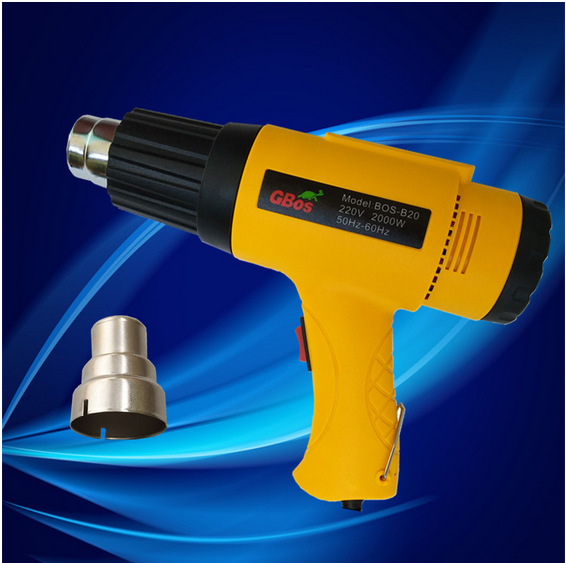Cordless Power Tool is a tool that uses a small power motor or an electromagnet as a power to drive a working head through a transmission mechanism. It is widely used in construction, housing decoration, automobile assembly, engineering machinery, electric power, metallurgy, mining, bridges, gardening, etc., and has entered the family in large numbers.
The cordless tool industry has grown exponentially since the release of the Li-ion battery, mainly because of the vast improvement over the other older battery types.
Lithium-ion batteries are quickly displacing nickel cadmium as the standard batteries on cordless tools. Although lithium-ion (li-ion) batteries can cost twice as much or more, they’re worth it. They’re small and lightweight, they run at top power longer, they’re good for two to three times more charge cycles than nicads, and they can sit for months without losing a charge.
They do have a couple of downsides, however. Besides cost, they perform worse than nicads in extreme temperatures (below zero and above 105 degrees F). But competition among manufacturers is starting to drive down prices of lithium-ion batteries. And the newest “smart” chargers and “extreme weather performance” features help keep lithium-ion batteries cool while charging, and working longer in below-zero temperatures.
Six ways to make your lithium-ion battery last longer
It’s best to keep lithium-ion batteries at full charge, store them in a cool place and use them often.
A lithium-ion battery is expensive. Follow these tips to get the most charge for your ka-ching.
1 Don’t discharge it completely
Running a lithium-ion battery until it’s fully discharged can lead to an early death. Try not to discharge it lower than 20 percent before recharging it. Recharge it when you notice even the slightest drop in performance. Don’t wait until yourtool has stopped working.
2 Charge it frequently
You might have heard that it’s best to charge batteries only when they need it. Not true. Frequent charging is good for them, even when they’re only partially discharged.
3 Charge it at the right temperature
The optimum temperature range for charging lithium-ion batteries is 40 to 85 degrees F. Charging them at extreme temperatures (below 32 degrees F and above 105 degrees F) disturbs the chemical reaction taking place in the cells and can result in a permanent loss of run-time. Keep your charger indoors or in the shade.
4 Store it partially charged where it’s cool (but not freezing)
Lithium-ion batteries generally last three to five years if stored properly. Extreme temperatures shorten their life span, so don’t store them in your truck, garage or freezer. Store them in a cool place, like your basement or refrigerator, at about 40 percent charge. This partial charge keeps the battery and its protection circuit operating during storage.
5 Buy fresh batteries
Lithium-ion batteries have a finite life span. They start to slowly degrade right after they’re manufactured, so it’s important to buy the freshest batteries possible. Check the date code on the battery or packaging to make sure you’re buying a fresh battery (instead of one that’s been sitting on a distributor’s shelf for a year).
6 Use your batteries frequently
Don’t buy an extra battery and store it for long periods. The battery will degrade more rapidly if it’s not used at least every couple of months. If you have two, be sure to use them both.





